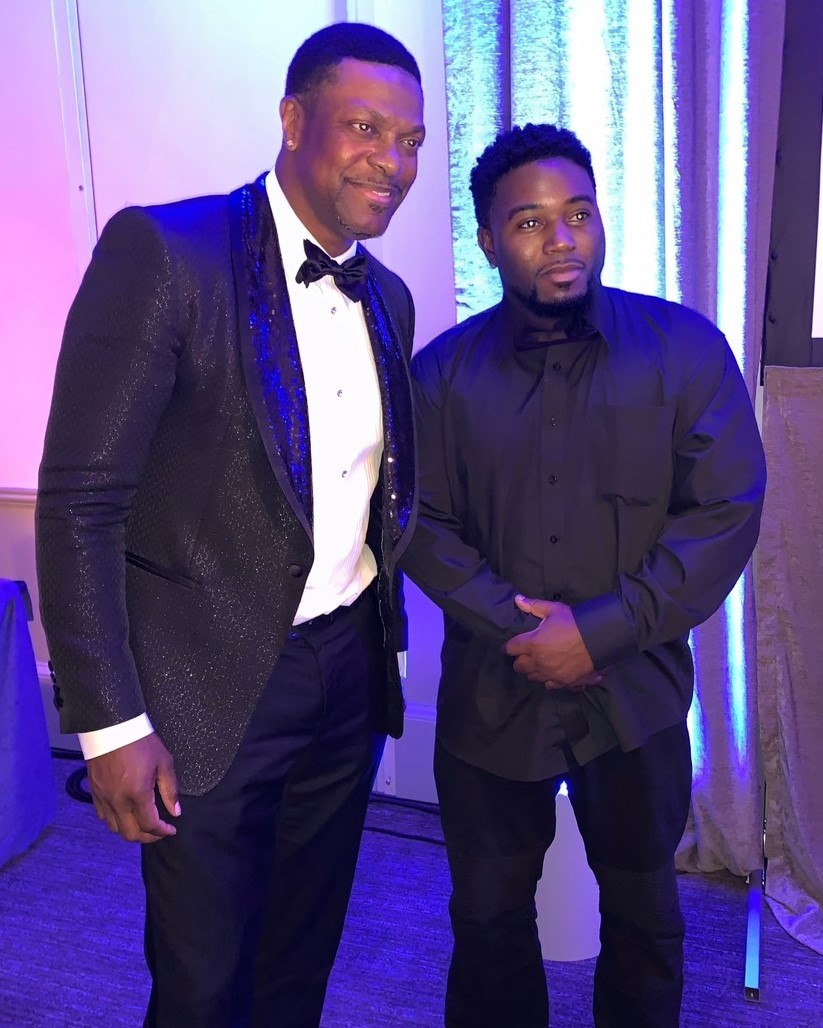ARTIST
Savvy Amusing Seen As Notable Figure On Succeeding In Multiple Passions

It’s not easy to be successful at anything. You have to work hard and put in the time and effort. And that’s especially true if you want to excel in multiple passions. But that’s exactly what actor comedian Lerenzo Pittman has done. Known as Savvy Amusing, Lerenzo has proved his talent in both comedy and acting, and he shows no signs of stopping anytime soon. In this article, we’ll take a look at how Lerenzo has succeeded in multiple passions and learn from his example!
Lerenzo Pittman, better known as Savvy Amusing, is a voice-over artist, comedian, and actor. He’s best known for his work on the animated series “The Boondocks” and his impressions of famous athletes on Fox Sports. But that’s not all he does. Lerenzo has also been featured on Chris Broussard and Rob Parker’s “The Odd Couple” radio show on Fox Sports, and has had his own content on Colin Cowherd’s “The Herd.”
Most recently, Lerenzo voiced Kanye West on Robert Smigel’s Fox special “Let’s Be Real.” This aired in October 2020 and was met with great acclaim. Savvy is notable for creating the famous Lakers jingle ADs. The jingle has been quoted by LeBron James, Anthony Davis, Snoop Dogg and Lakers fans Worldwide. Savvy has featured in Carl Jones the creator of the boondocks “season one fuse TVs animated series sugar and toys as the voice of J Cole and a rap battle lawyer. Savvy has also featured on Chris Broussard and Rob Parkers FOXSPORTS Radio show the odd couple & has had content on fox sports the Herd with Colin Cowherd. Most recently, Savvy has done the voice of Kanye West. His work has earned him recognition in the industry, and he continues to be a driving force in music today.
Lerenzo is proof that it is possible to succeed in multiple passions. If you’re looking for inspiration and motivation, look no further than Savvy Amusing! He is living proof that anything is possible if you set your mind to it. If you’re in the entertainment industry, be sure to check out his work. You won’t be disappointed. He is living proof that anything is possible if you set your mind to it.
Follow Savvy Amusing –
Website: https://savvyamusing.com
Instagram: https://www.instagram.com/savvyamusing
Twitter: https://twitter.com/savvyamusing/
Youtube: https://youtube.com/channel/UCJMnA3jrEmsFPVEAsBzbiBg
